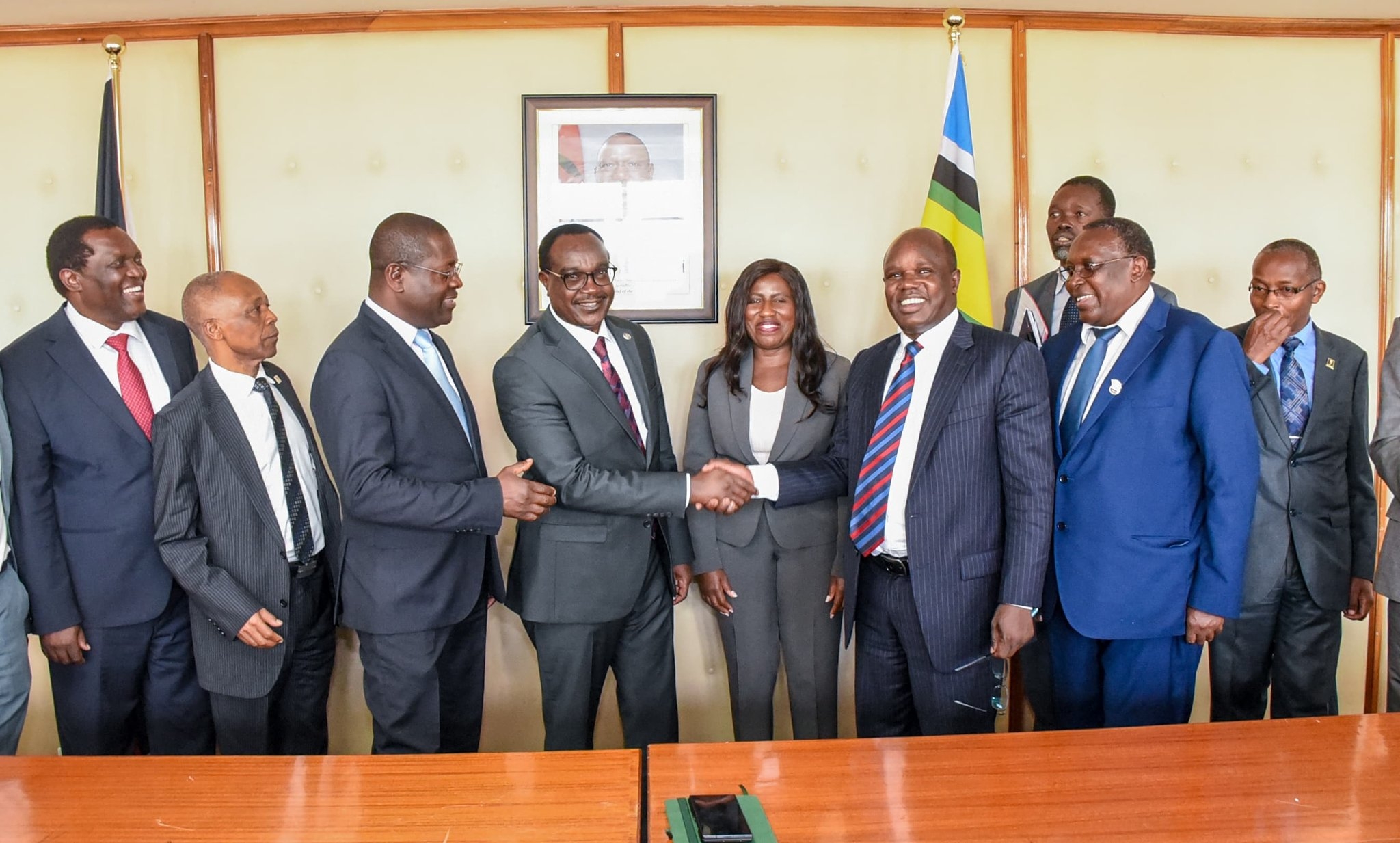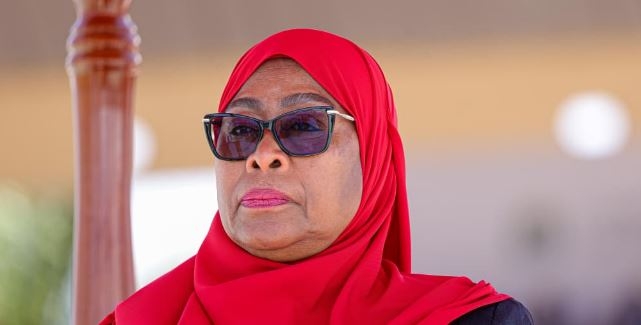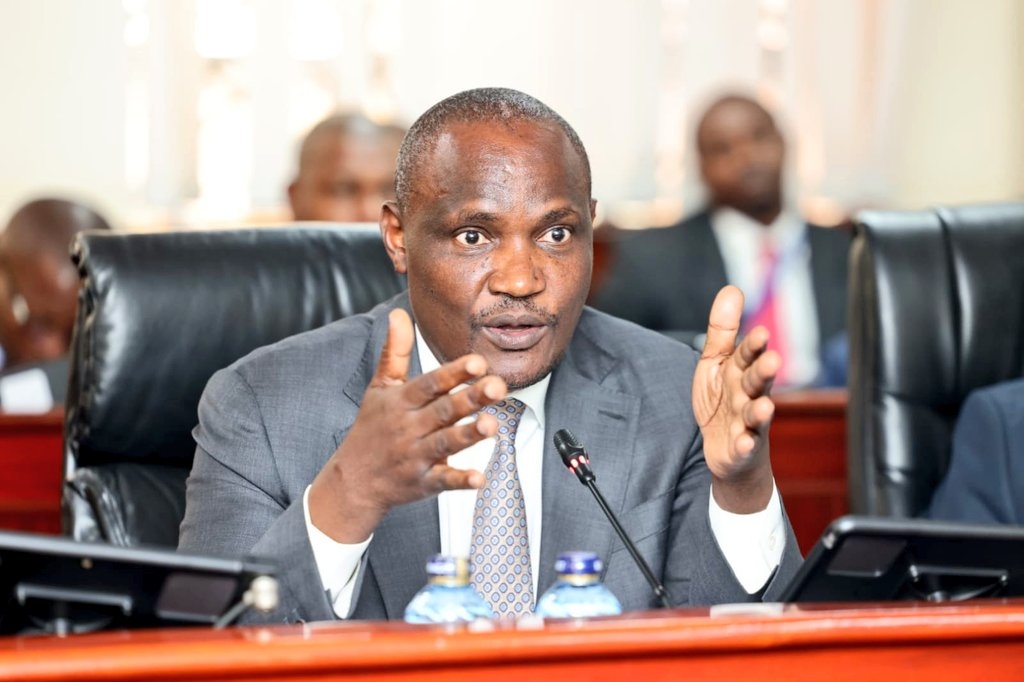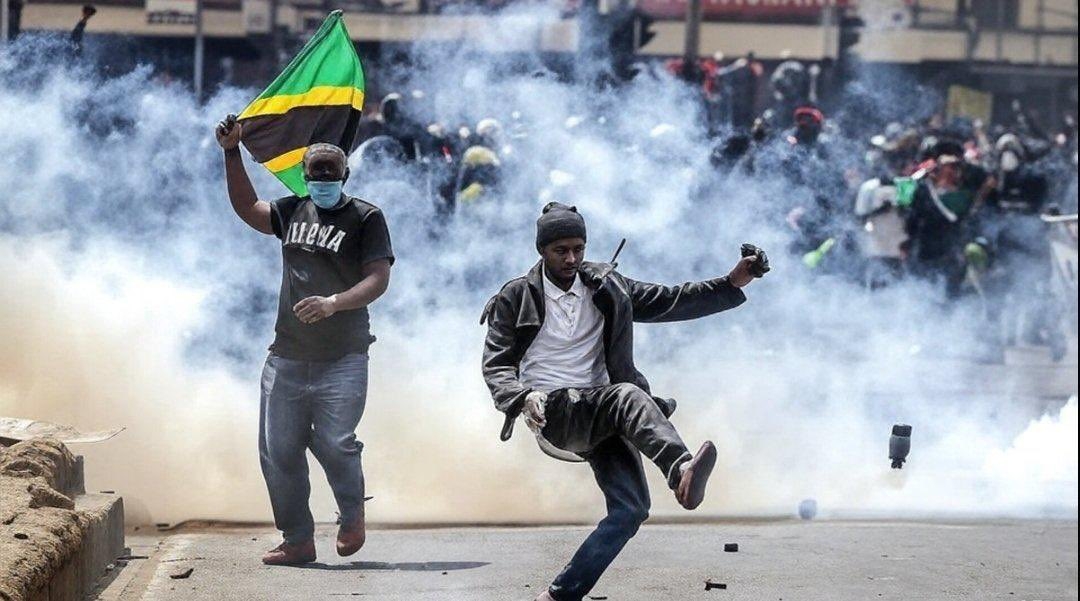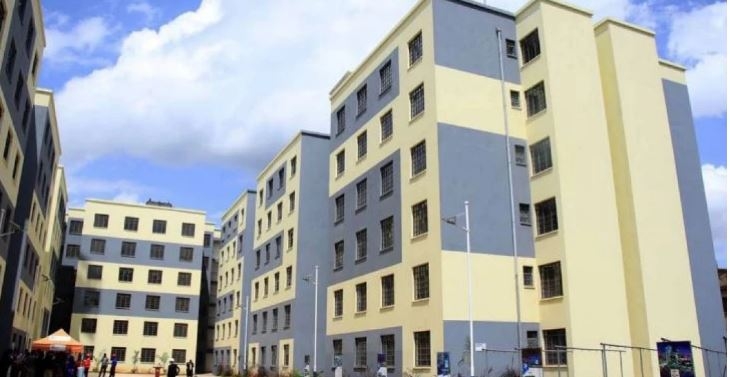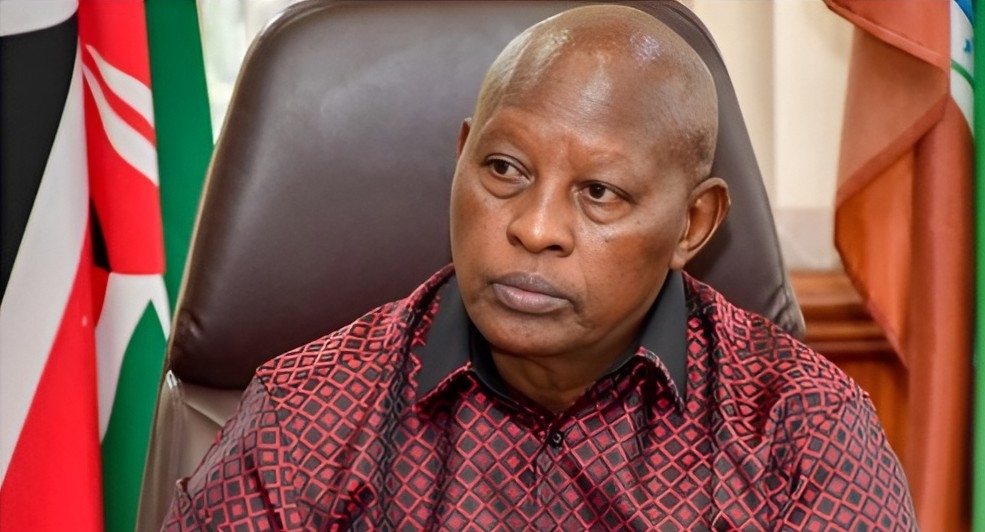On June 1, 2019, The Central Bank of Kenya (CBK) announced the withdrawal (demonetization) of the older series KES 1,000 notes.
The exercise was aimed at addressing the grave concern of illicit financial flows and the emerging risk of counterfeits.
One of the biggest concerns CBK had was the fact that those involved in corruption and other forms of organized crime were keeping large amounts of money, often in the larger 1,000 shilling notes outside the banking system especially after tightening of reporting frameworks for any deposits over one million shillings.
This made it practically impossible for those with illicit cash to deposit in their bank accounts leaving them with few options but to keep a huge chunk of this money in vaults at home.
In particular, public officials in senior management roles especially accounting officers, finance officers and those in procurement departments would demand and receive large amounts of money, often in cash.
But after CBK introduced the requirement for banks to report any deposits of more than one million shillings and stiffer know-your-client rules, these public officers increasingly found it difficult to launder these proceeds of crime with most resorting to keeping them at home as they look for other ways to keep their loot.
When the CBK announced the successful end to the demonetization exercise for the 1000 shilling notes on October 2, 2019, few people believed that it had achieved much especially on locking out proceeds of corruption that it had been touted to target.
After all, CBK reported that only KSh.7.386 billion had not been received thereby rendering them worthless yet many believed that there were hundreds of billions in proceeds of corruption out there in the form of cash.
According to CBK, a robust anti-money laundering and combating the financing of terrorism (AML/CFT) framework was implemented during the demonetization process as Kenyans exchanged the old 1000 shilling notes with new generation notes.
During that period, Financial institutions employed AML/CFT checks to all transactions, and CBK closely monitored compliance. During the period, 3,172 suspicious transactions were flagged and are being investigated. CBK also carried out 15 targeted on-site inspections.
What many did not expect at the time was that a lot of these proceeds of corruption would have been laundered in the form of large cash purchases from legitimate businesses especially in the real estate and construction industries which would only need to demonstrate legitimate purchase and sale agreements to deposit large amounts of cash.
Even then, not much was seen in terms of the consequences of this policy on corrupt public officials until a case was presented in court that astonished Kenyans and grabbed national headlines.
On June 21, 2021, High Court Anti-Corruption Division Judge Hon Justice James Wakiaga issued preservation orders under the Proceeds of Crimes and Anti-Money Laundering Act (POCAMLA) against 4 respondents including Margaret Wanja Muthui and Light House Trading Company Limited among three other persons.
The preservation orders affected eleven luxury apartments in the Kileleshwa suburb, a house in Karen, an entire apartment block in Ruaka and cash in various accounts totalling over Sh93 million. The case was brought to court by the Asset Recovery Agency under sections 81, 83 and 87 of POCAMLA.
The case revolves around Margaret Wanja Muthui, the Deputy Director (Supply Chain Management) at the Kenya Rural Roads Authority (KERRA) who is believed by the Asset Recovery Agency to have been the principal architect of the schemes around these properties and bank accounts.
Ms Muthui is believed to have bought assets, in cash, amounting to Sh264,500,000 in a period of three months during the demonetization period in 2019 so as to launder the illegitimately obtained cash.
In addition, Ms Muthui is alleged to have deposited and moved around money to different accounts belonging to her, her associates and a proxy company totalling Sh93,550,006.
Whereas the bank accounts had been in existence for a while, it is the cash purchases of the different properties over a short period of three months during the demonetization period that caught the attention of the anti-corruption investigators and which ended up leading to the case brought to court by the Asset Recovery Agency.
The fact that a mid-level manager at KERRA could comfortably keep cash in hand of over 264 million demonstrates just how much money in cash was being held by public officials from suspicious sources.
One would imagine that there would be billions more that had been laundered through other means by even more senior officials in institutions like hers and even more senior government officials.
But more importantly, it demonstrates that the demonetization exercise had been a major success and there could be many more officials yet to be traced and prosecuted.
More importantly, it demonstrates that the anti-money laundering and combating the financing of terrorism (AML/CFT) framework set up by the Central Bank of Kenya had been effective in limiting the illicit flows of proceeds of crimes into the banking system especially after the much-publicized cases surrounding the National Youth Service scandals.
It is our hope that these proceedings and the many others yet to be prosecuted would contribute significantly towards reducing corruption by public officials as those found guilty are made to not only lose their proceeds of corruption but end up bankrupt as criminal trials conclude leading up to even bigger fines under the Anti-Corruption and Economic Crimes Act.
Finally, the speed with which this was investigated and perpetrators presented in court demonstrates that when agencies work together as is the case with President Kenyatta’s Multi-Agency Task Team (which CBK, EACC and ARA belong to), corruption can be dealt with swiftly with impressive results.
This cooperation spirit must be supported and strengthened if we are to combat this vice.




